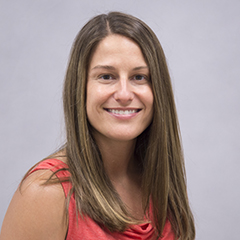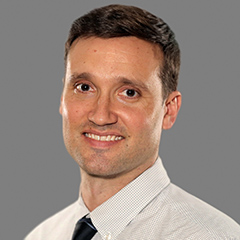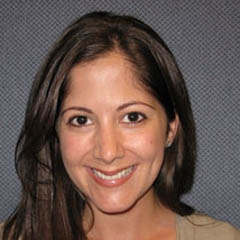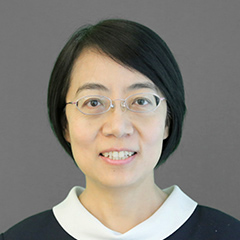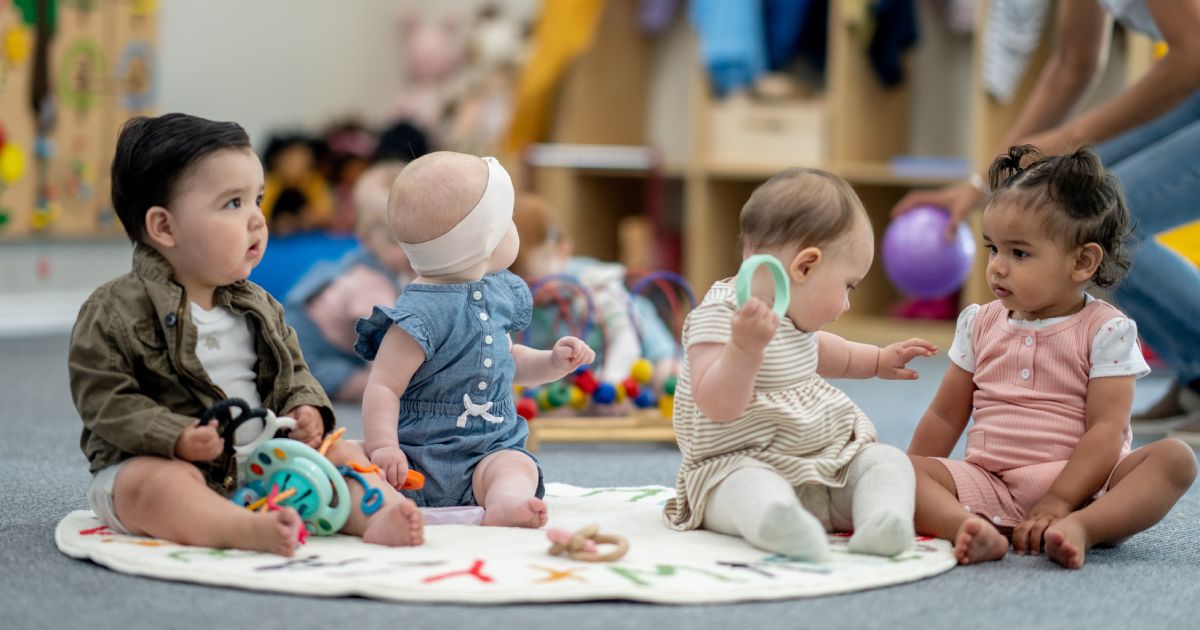U.S. Department of Health and Human Services, Administration for Children and Families, Office of Planning, Research, and Evaluation

Designed for low-income pregnant women and families with infants and toddlers up to age three, the programs provide a wide range of services through multiple strategies. Offerings include child development services delivered in home visits or child care settings, as well as case management, parenting education, health care and referrals, and family support.
Mathematica's six-year descriptive study of Early Head Start built on the success of Head Start’s flagship study, the Family and Child Experiences Survey (FACES). The Early Head Start Family and Child Experiences Survey (Baby FACES) was designed to be a rich source of data describing the experiences of children and their families in Early Head Start. Important data sources were direct child assessment and videotaped parent-child interactions at ages two and three; interviews with parents, teachers, home visitors, and program directors; observations of the home environment, home visits, and child care settings; and ongoing reports of program services families and children receive.
Evidence & Insights From This Project

Toddlers in Early Head Start: A Portrait of 2-Year-Olds, Their Families, and the Programs Serving Them. Volume I: Age 2 Report
The Early Head Start Family and Child Experiences Survey (Baby FACES) is a study of Early Head Start (EHS) programs designed to inform policy and programmatic decision -making at both national and local levels.
Learn MoreRelated Staff
See Clearly. Act Quickly.
From local to global challenges in health, human services, and international development, we’re here to improve public well-being and make progress together. Learn more about becoming a Mathematica client or partner.
Work With Us
